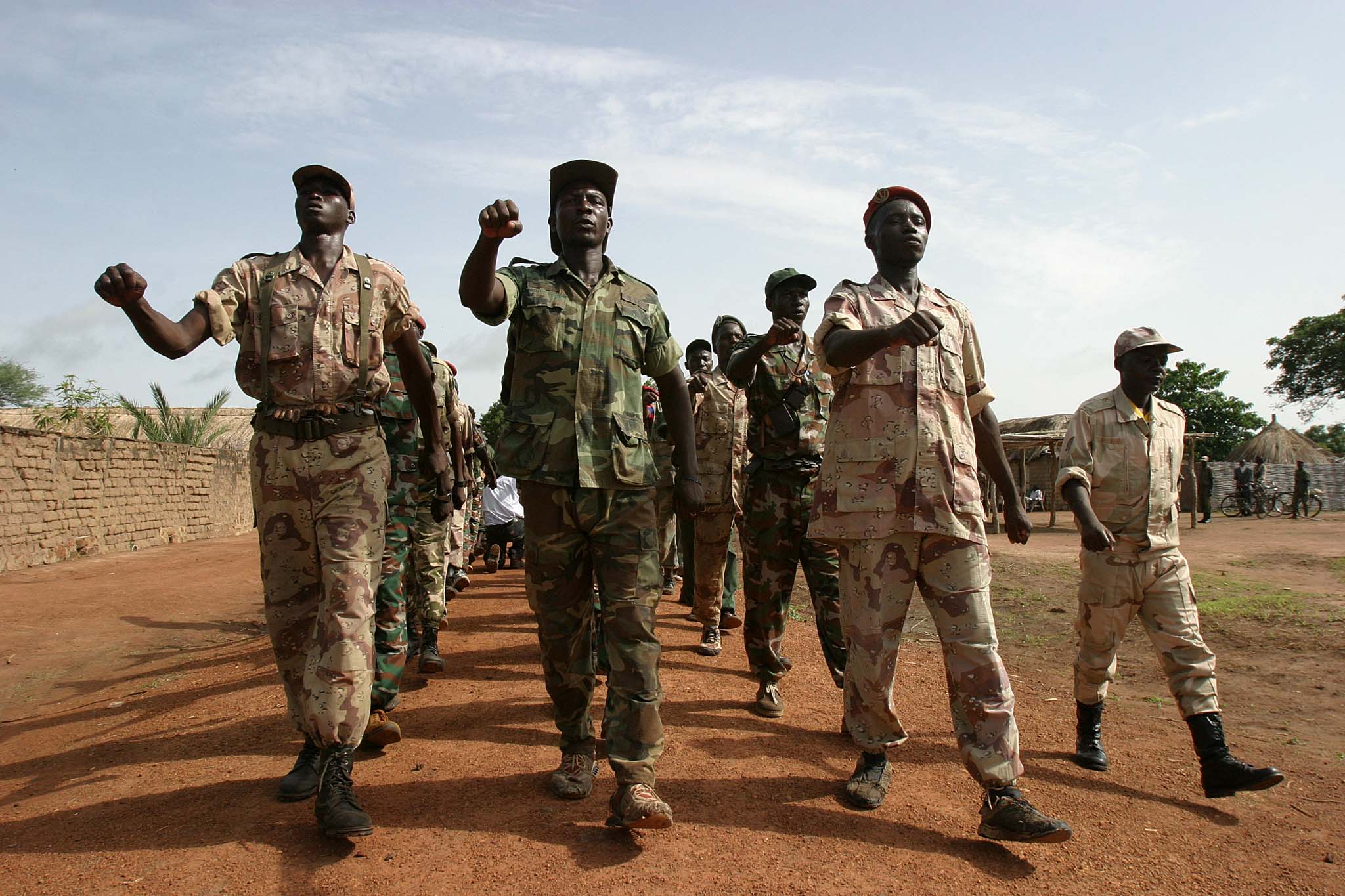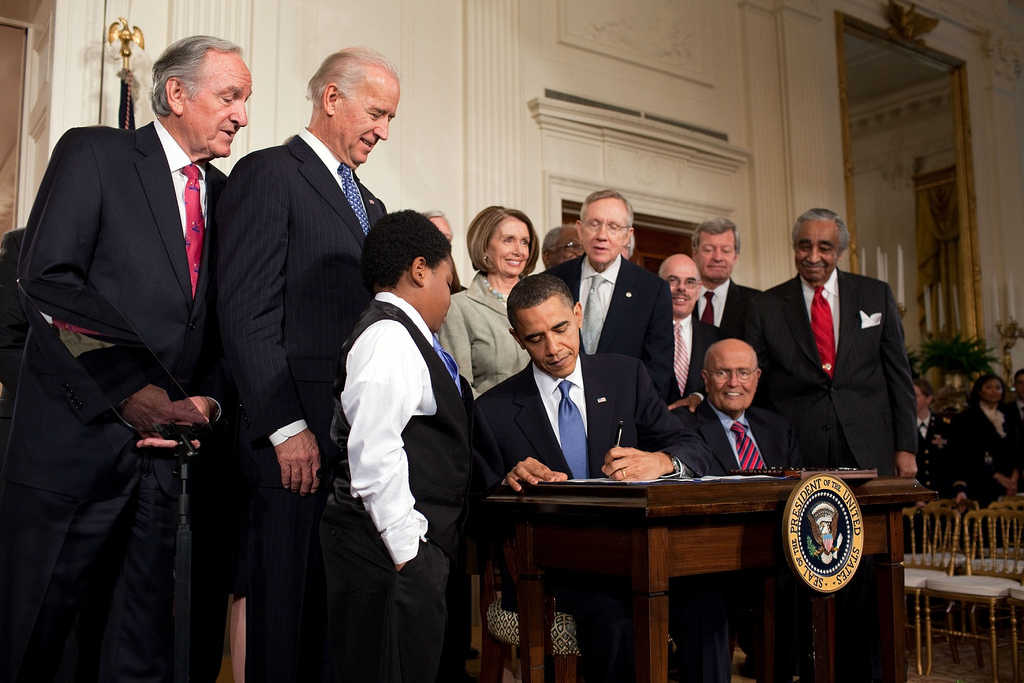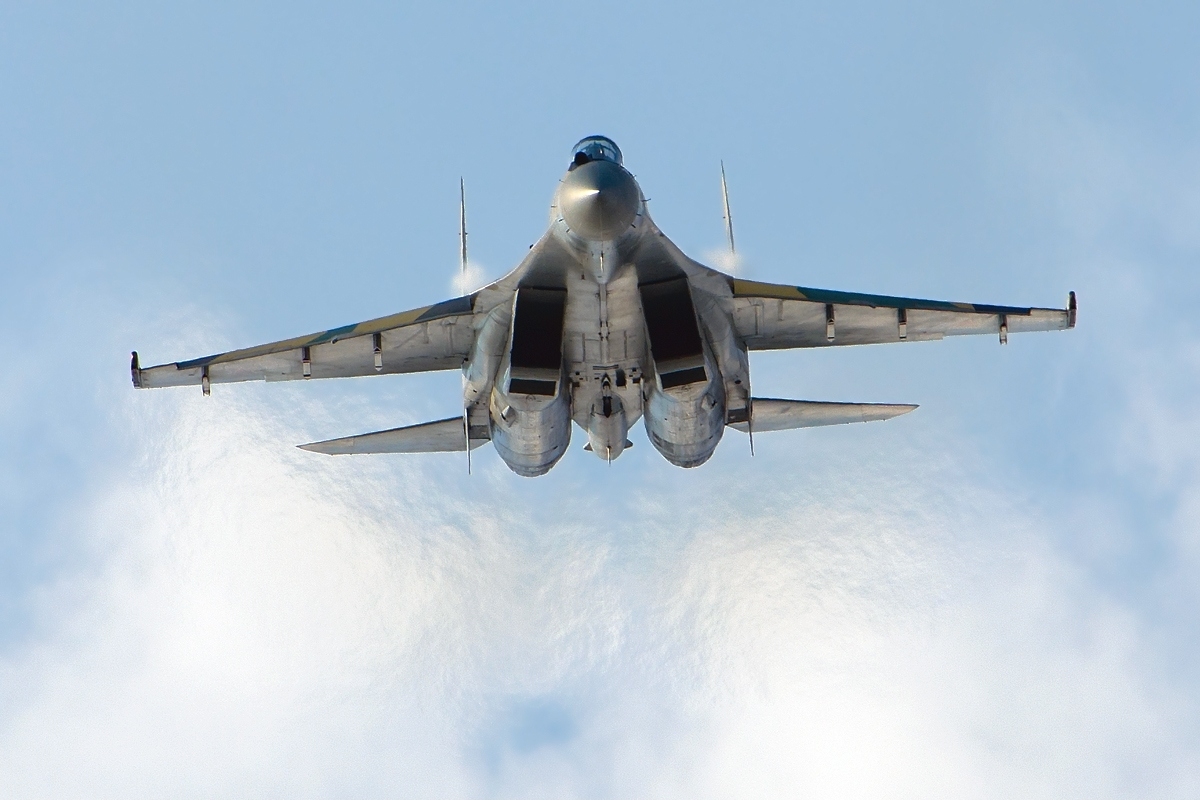The local elections that took place in Kosovo towards the end of 2013 were celebrated by the international community as a historic event and a turning point in the conflict over the status of the former Yugoslav province. They were also hailed by UN Secretary-General Ban Ki-moon as a milestone for the normalization of relations between Serbia and Kosovo and a clear sign that the Serb-dominated north of the disputed territory was finally prepared to become part of the Kosovar political system. Alongside the encouragement of ethnic Serbs to participate in the elections, Belgrade also committed to abolish its parallel political institutions. In return, Serb majority municipalities were granted the right to create a community with autonomy in areas such as economic development, health, education, urban and rural planning. Such initiatives helped to allay fears that the Serb minority would be dominated by an overwhelming Albanian majority.
Less than perfect conditions
However, the elections were far from being smooth, especially in the northern part of Kosovo. Voter turnout in Serb dominated municipalities was low and hovered between 15% and 20% of the electorate. The first round of elections had to be repeated in three polling stations after they were stormed by masked men. In the second round, ballots were transported to Kosovo Polje for no obvious reason instead of being counted at the polling station. In all rounds, employees of Serbian state-run enterprises were practically “ordered” to the polls. Whereas these circumstances would have warranted a critical assessment elsewhere, there seemed to be no appetite to engage in a prolonged discussion about the legitimacy of the elections – as long as they produced a result that everybody could live with.




